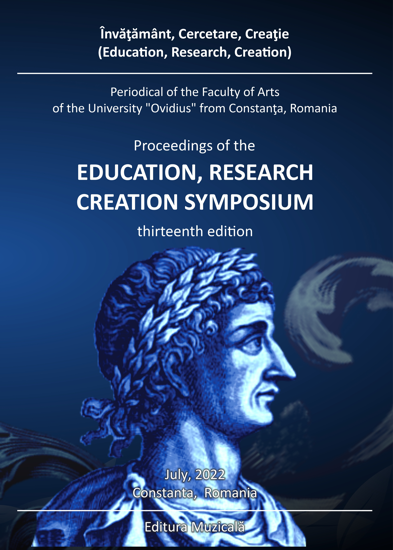Aratus’ Phaenomena: the Bears, the Waggons, Kynosura, Helice
Aratus’ Phaenomena: the Bears, the Waggons, Kynosura, Helice
Author(s): Barney McCullaghSubject(s): Language and Literature Studies, Cultural history, Ancient World, Historical Linguistics
Published by: Editura Muzicală
Keywords: stars; Aratus; Greek; poetry; constellations; Helice; Kynosura; helmsman; sea; sky; signs; Penelope; Cassiepeia; ship; stern; prow; Jason; Argo; Odyssey; Iliad; Odysseus;
Summary/Abstract: In antiquity there was a long tradition of writing astronomical poetry dating from the time of the poet Hesiod. In his Works and Days Hesiod establishes a didactic tone in seeking to persuade his interlocutor Perses to order his life by the risings and settings of astronomical bodies. Thus, notionally, Hesiod’s farmers will be thought to begin harvesting crops when the Pleiades star cluster begins to rise at dawn. Similarly sea-traders will be thought to put their ships into dry dock once the Pleiades begin setting at dusk. The sine qua non however of obedience to the stars is the locating of those stars, and here Aratus’ work, The Phaenomena, seems to fulfil a useful function. It may use the fixed rising of a single star as a point of repair for locating whole constellations which are either (a) simultaneously breaking the same eastern horizon or (b) setting into Oceanus on the far western side of the night sky. In reality of course, no farmer or sailor, illiterate or otherwise, is going to consult verse such as Hesiod’s that is complex enough to contain a possible hendiadys in its very title (‘Works and Days’ = ‘Working Days’ = ‘Daily Tasks’). Instead we will take the radical view that Aratus’ work is permeated by allegory. The movement of the heavens will be seen to ‘re-present’ the way in which Aratus’ text operates. That is, as one nuance of a word ‘rises’ to prominence in a passage, so other nuances of other words either (a) disappear over the western literary horizon or (b) demand attention themselves, as they accompany the original star into the literary spotlight. In this way a single phrase can give birth to a kaleidoscope of meanings as different nuances assume prioritty. The critic’s duty, we suggest, is to explore each screenshot of the ever-rotating text. To illustrate the wealth of meaning this strategy produces, we will explore Aratus’s treatment of the northern constellations Ursa Major and Ursa Minor.
Journal: Învăţământ, Cercetare, Creaţie
- Issue Year: VIII/2022
- Issue No: 1
- Page Range: 217-262
- Page Count: 46
- Language: English

